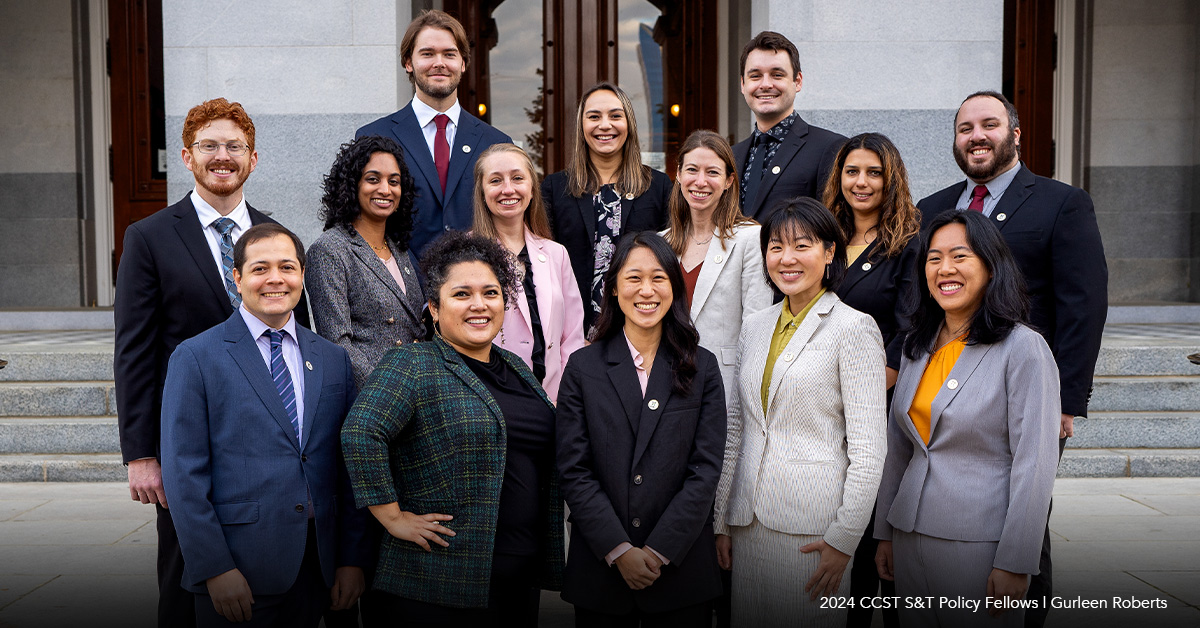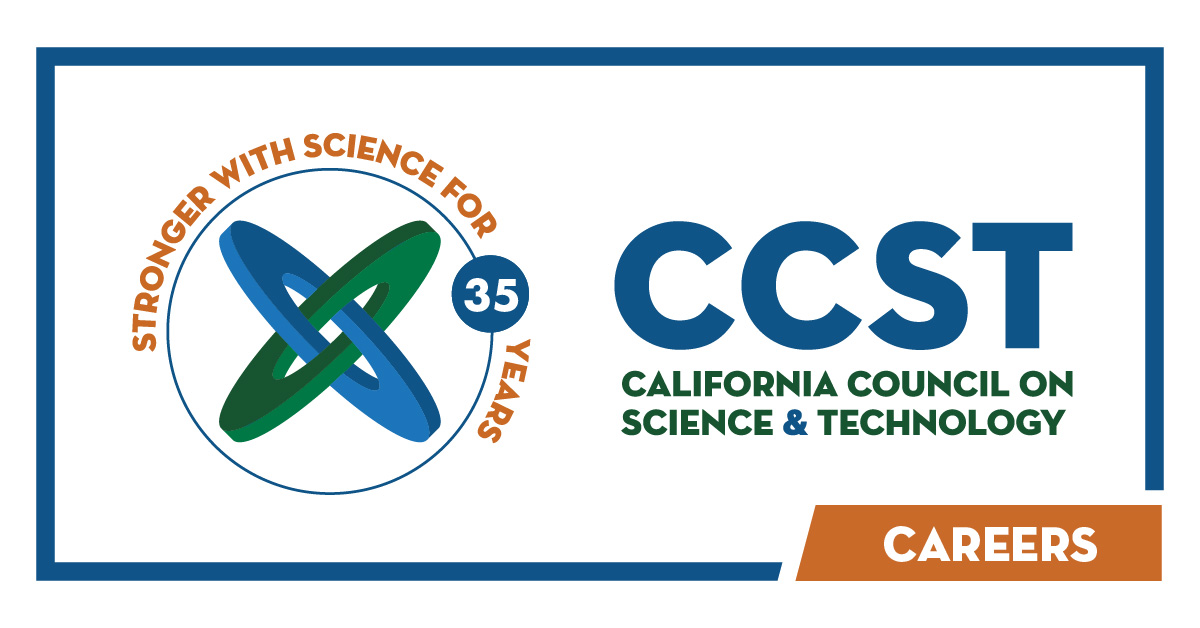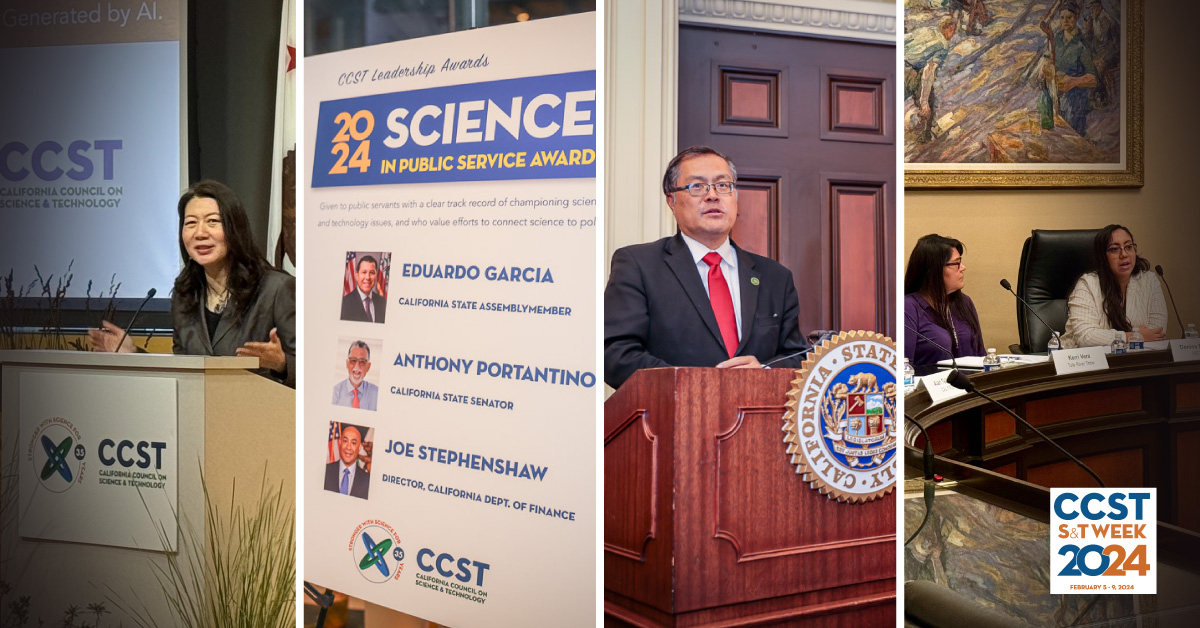Curiosity Rover Adds to Dual JPL Legacy of Exploration and Education
December 14, 2012 | California Science News, Federal Research in California | Contact: M. Daniel DeCillis

Four months after landing on the red planet, NASA’s largest-ever Mars rover, Curiosity, is fully functional and writing the latest chapter in a story of exploration that the Jet Propulsion Laboratory (JPL) has been building for decades.
“JPL has a long tradition of exploring Mars,” said David Seidel, JPL Deputy Education Director and Manager, STEM Elementary & Secondary Education. “It’s been an important target since the earliest days of the space program, both because of the value of the potential scientific discoveries, and because of the educational opportunity it offers.” Seidel serves on the Science, Technology, Engineering, and Mathematics (STEM) Task Force force co-chaired by CCST Executive Director Susan Hackwood.
The car-sized robotic rover component of the Mars Science Laboratory mission, which includes an unprecedented array of instruments ranging from an alpha particle x-ray spectrometer to a laser-induced breakdown spectroscopy, is pursuing eight main scientific objectives, sending a wide range of data back for study. This includes of course examination by teams of experts at JPL and collaborating institutions worldwide. JPL works hard, however, to offer the public opportunities to sift through data first-hand, engaging people through a variety of venues such as Twitter and iPhone apps.
“One of the first things JPL has done for all of our recent missions is to make as much information available as rapidly as possible,” said Seidel. “There is so much data that citizens do have the opportunity to contribute constructively to sorting and analyzing it. We make data sets available so schools can get in and manipulate them directly, allowing them to make some level of discovery themselves.”
JPL, a division of the California Institute of Technology (Caltech) in Pasadena, is the lead U.S. center for robotic exploration of the solar system. Curiosity was designed, developed and assembled at JPL, where the twin Mars rovers Spirit and Opportunity were also built. Solar system exploration missions, which include the Mars missions, comprise approximately a third of JPL’s $1.5 billion budget.
All of the Mars rovers have proven tremendously popular with the public, a fact that has allowed NASA to successfully engage students’ interest in the science involved.
“Kids are engaged in space in general, and Mars in particular,” said Seidel. “In spite of the fact that the Curiosity landing took place on a Sunday night in August, when school was out and nobody was around, the mission had enough traction in the public eye that kids went back to school talking about it and ready to learn more.”
Curiosity is designed to function for at least two years, though may well survive longer; the Opportunity rover is still functioning after almost eight years. JPL works to maintain missions for as long as they continue to bring in useful data; even the Voyager missions, launched over three decades ago, continue to be shepherded by small operational teams as they transmit data from the periphery of the solar system. JPL’s near term focus for the future, however, remains Mars.
“A new mission using the spacecraft engineering of the Mars Science Laboratory mission is scheduled for 2020,” said Seidel. “The ultimate goal for us is returning samples from Mars to Earth, which would require numerous missions, although the scientific payoff would be tremendous.
“People love Mars,” Seidel continued. “We’ll continue to take advantage of that fascination through the completion of Curiosity’s mission and beyond.”






